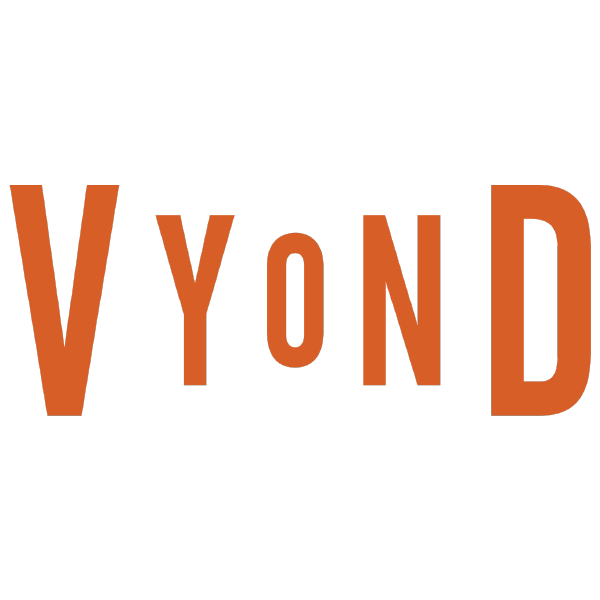ATD Blog
Animation Increasingly Part of Successful T&D Strategies
Mon Jul 18 2022

It’s no secret that technology has changed the way we learn and work. We are now in the age of visual information where graphical content plays a role in every part of most people’s lives. Considering visuals can help learners with better recall, graphics are key to engaging employees in training and development strategies.
Finding solutions to engage and optimize the screen-based learning experience is a vital concern. Simply put, companies need cost-effective, agile solutions that allow them to implement scenario-based learning modules with little effort.
The good news is that the technology is here. Once viewed as nothing more than a tool for entertainment, animation can be extremely effective to engage and educate the employees of today’s businesses.
Animated visuals help summarize content into smaller, easier-to-process segments of information, offering more comprehensibility than text or audio-based explanations.
Keep reading to discover how you can leverage the power of animation to help your employees learn faster and work smarter.
Original, Brand-Compliant Content
Animation has become increasingly popular for the enterprise for many reasons. And while its ability to capture attention is key, there are some other compelling benefits to consider.
At the top of this list is its ability to create original brand-compliant content within budget. Let’s face it: Creating original content is expensive. With animation software, there’s no need to hire production crews that bill tons of hours, hire actors, find locations, rent cameras and lighting equipment, capture footage, pay for editing, and worry about distribution or other complications.
Versatile Format
Another compelling feature for using animation is the versatility and longevity of the content. Any asset can be swapped out, manipulated to change its colors or text, and scaled in size to meet any screen requirements. Assets can also be repurposed and redeployed as new requirements and technologies arise.
These capabilities, used in conjunction with interactive content authoring platforms, also allow animators to immerse learners in scenario-based learning simulations that make training more fun and engaging.
Who knows how we will be using the animated content we’re creating today. But as animators continue to implement new tactics and push the boundaries of what’s possible, we will be sure to see the animation, gamification, and learning AI all play a vital role for talent and development (T&D).
Train the Remote Workers
Human resources professionals have been facing unique challenges in recent years, as there has been a shift towards managing remote workforces. This change has been driven by several factors, including the rise of the remote worker and the increasing popularity of flexible working arrangements.
Videos can be used to introduce new concepts, explain difficult topics, or detail step-by-step instructions to employees—no matter where they are. Companies can also manage employees, by providing a storable database of videos that provide clear visual instruction.
This reinforcement helps to ensure employees are working towards the same goal and have access to the training they need to complete a task.
Help Learners Retain Information
Templates and other visual aids can help to keep learners on track and focused on the most important information. When used effectively, animation can help employees to retain more information and make complex topics more understandable.
Tomorrow and Vyond
Animation is a powerful communication tool that has the potential to increase retention and improve learning outcomes. Vyond makes it easy for anyone to create professional animated videos, which can be used in a variety of settings, including T&D within your company.
Animate your next T&D video with Vyond!

